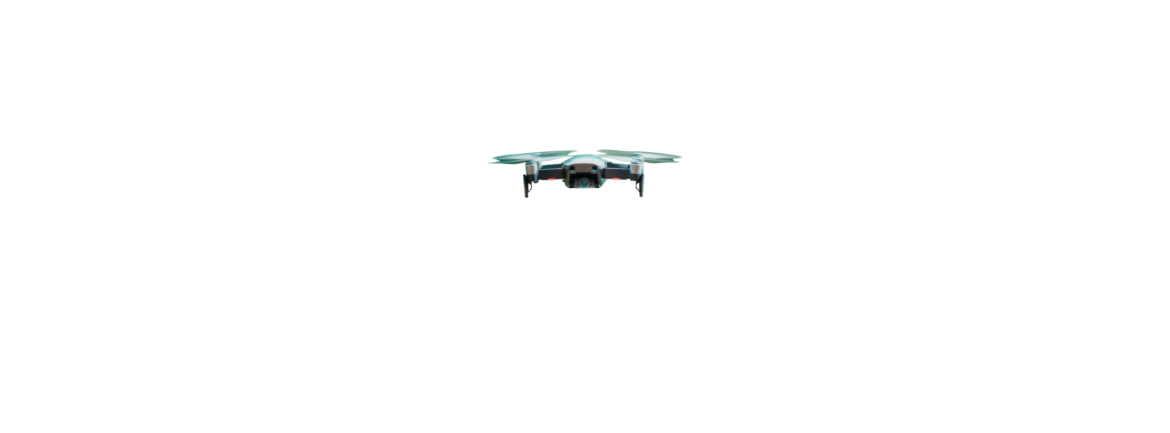Exploring the Sky: Uncovering the Advantages of Drone Photography
- Manish Gautam
- Sep 4
- 3 min read
Drones are transforming the way we view and capture the world around us. This innovative technology not only offers an extraordinary perspective but also makes aerial photography accessible to everyone—from seasoned professionals to casual enthusiasts. With the ability to capture breathtaking images, drones are redefining creativity in photography. This blog post will discuss the numerous advantages of using drones, showcasing how they foster artistic vision and create new opportunities for stunning visuals.
Unique Perspectives
One of the most impressive features of drone photography is its ability to provide perspectives that ground-based photography simply cannot achieve. For example, a drone soaring 300 feet above a sunflower field can capture a breathtaking pattern of flowers in full bloom. This aerial view highlights the geometric layout, showcasing colors and details that ground-level photography would miss. Additionally, capturing photographs of iconic landmarks like the Grand Canyon or the Eiffel Tower from above can reveal their grandeur in ways that traditional photography cannot. Drones enable photographers to reimagine familiar subjects through unique angles.
Enhanced Creativity
Drones unlock limitless creative possibilities for photographers. With the ability to maneuver through three-dimensional space, photographers can experiment with various altitudes, angles, and distances. For instance, taking a shot at a 45-degree angle from 200 feet could transform a standard beach sunset into a striking composition that emphasizes shadows and reflections. This creative flexibility invites photographers to push boundaries, explore new techniques, and uncover innovative ways to tell stories through images.
Cost-Effective Solutions
In the past, capturing aerial images meant renting helicopters or planes, often costing thousands of dollars. Nowadays, drones offer a more budget-friendly alternative. For as little as $300, someone can purchase a decent-quality drone capable of taking stunning photos. This significant cost reduction allows not just professionals but also amateurs and hobbyists to tap into aerial photography. According to a study by the Association for Unmanned Vehicle Systems International (AUVSI), the commercial drone industry is projected to grow by over 30% annually, making aerial photography increasingly accessible.
Real-Time Feedback
Another key benefit of drone photography is the ability to receive real-time feedback. Many modern drones come equipped with live video feeds, allowing photographers to see exactly what the camera captures while in flight. This immediate feedback enables quick adjustments, ensuring the ideal shot is taken without extensive post-processing later. For instance, if a photographer notices that the sun is creating a glare, they can adjust the drone's position on the spot, capturing a perfect image without the hassle of editing later on.
Versatility Across Various Fields
Drones are making waves beyond just photography; their applications extend across various industries. In real estate, aerial photos can highlight a property’s setting and nearby amenities, showcasing features like proximity to parks or waterfronts from impressive heights. In agriculture, farmers can use drones equipped with infrared cameras to monitor crop health and hydration levels, providing data that can improve yields by up to 30%. This versatile technology is becoming indispensable in many fields, making it an essential tool for professionals looking to enhance their work.
Safety and Accessibility
Drones offer a safer method for capturing images in challenging environments where access may pose risks. For example, photographing steep cliffs or disaster-stricken areas can be hazardous for individuals on foot. Drones provide a safer alternative by navigating these environments with ease, allowing photographers to capture stunning images without jeopardizing their safety. This accessibility means that previously unphotographable locations can now be explored and documented.

Final Thoughts
The advantages of incorporating drones into photography are broad and influential. From capturing unique perspectives and boosting creativity to offering cost-effective solutions and providing real-time feedback, drones have reshaped the photographic landscape. Their versatility and ability to reach difficult locations further solidify their importance in today’s visual storytelling. As drone technology advances, photographers can expect even more groundbreaking opportunities to explore the skies and capture the beauty of our world from above.



Comments